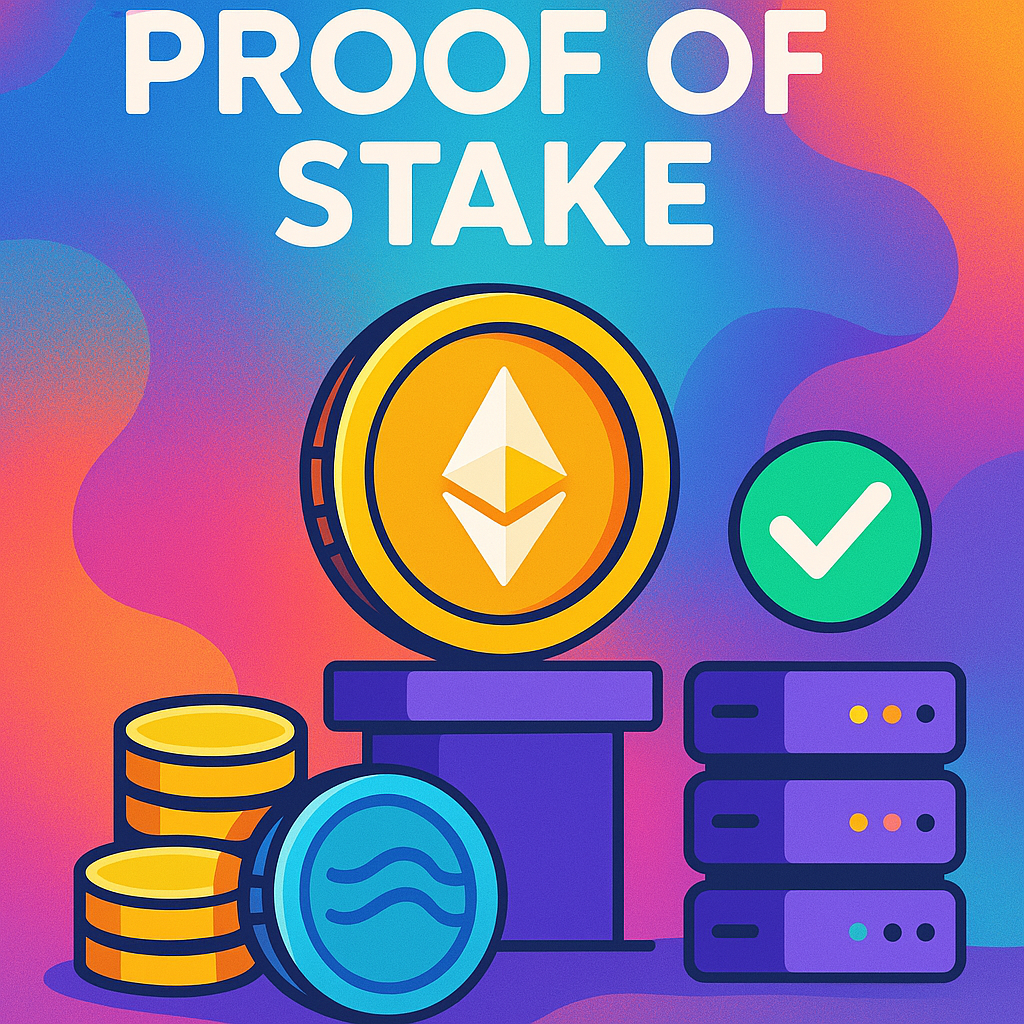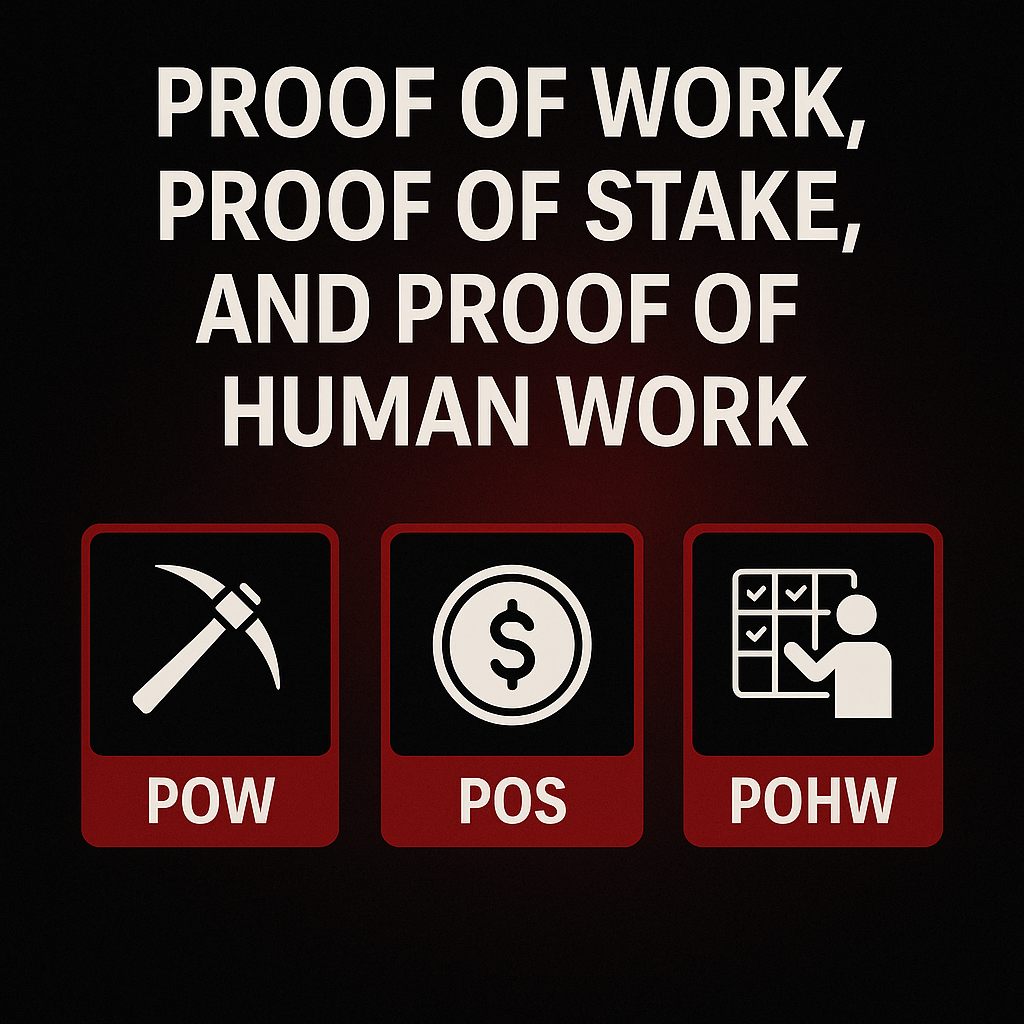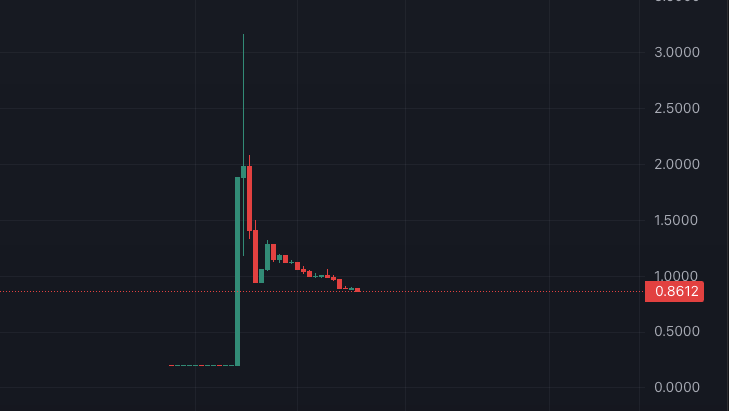
Proof of Stake (PoS) explained visually: Users stake crypto to validate blocks instead of using energy-heavy mining. Ethereum's eco-friendly upgrade.
If you’re brand new to crypto, you’ve probably heard that blockchains are “decentralized” and “secure.” But you might not know how they stay that way.
In the beginning, there was Proof of Work (PoW). POW was used by Bitcoin and originally Ethereum too. But over time, developers looked for a way to make blockchains faster, cheaper, and greener.
That’s where Proof of Stake (PoS) comes in. You thought of a different phrase when you read “POS”, didn’t you?
It’s not just a buzzword because it’s a completely different approach to how a blockchain agrees on what’s true. And in 2022, Ethereum, the second-largest blockchain in the world, switched to it. And we all know what a POS Ethereum is, so it’s fitting. Again, a joke. Not really.
Let’s break it all down. Starting at the beginning.
First, What Does a Consensus Mechanism Do?
Blockchains are shared databases. Thousands of computers (called nodes) store the same version of the ledger. But here’s the catch:
How do all those computers agree on the latest version of the truth without a central authority?
That’s what a consensus mechanism does.
It’s the rule book for how the network reaches agreement.
- In Proof of Work, you prove you did computational work.
- In Proof of Stake, you prove you have skin in the game.
Let’s dig into where this came from.
The Origins of Proof of Stake
Proof of Stake wasn’t an afterthought. It was proposed just a few years after Bitcoin launched.
2011 – The First Proposal
In a 2011 forum post on Bitcointalk, user QuantumMechanic floated the idea of a system where you don’t need to burn electricity to validate blocks. Instead, people could prove ownership of coins, and that would be enough to secure the network.
The idea was simple: the more coins you hold, the more responsibility (and power) you have to help run the network.
2012 – Peercoin (PPC): The First PoS Blockchain
The first real implementation came in 2012 with Peercoin, created by developers Sunny King and Scott Nadal. Peercoin used a hybrid PoW/PoS system at first. Over time, it leaned more into PoS. The idea gained slow traction. People were cautious. Bitcoin was working. Why fix what wasn’t broken? But as crypto grew, PoS started to look like a better long-term solution.
So, What Is Proof of Stake, Exactly?
In Proof of Stake, validators are chosen to create new blocks based on how many coins they lock up (stake).
Here’s how it works:
- You stake your crypto by locking it in a wallet.
- The protocol randomly chooses a staker to propose the next block.
- Other stakers vote to validate it.
- If everyone agrees, the block is added, and the proposer earns a reward.
✅ Good behavior = rewards
❌ Bad behavior = your stake gets “slashed”
No mining. No guessing. No huge energy use. Just staking, validating, and staying honest, or else.
How Ethereum Switched from PoW to PoS
Ethereum launched in 2015 using Proof of Work, which is just like Bitcoin. But from the beginning, Vitalik Buterin (Ethereum’s creator) and the core developers planned to move to Proof of Stake. It just wasn’t ready yet.
They knew Ethereum needed:
- To scale better
- To lower fees
- To reduce energy use
But they had to build it carefully. You can’t just “flip a switch” on a global financial network.
The Transition: Step by Step
2015–2020: Planning and Testing
- The PoS idea was refined into something called Casper.
- It took years of research and multiple designs.
2020: The Beacon Chain Launches
- A new PoS-only chain was created alongside Ethereum.
- This ran in parallel and allowed people to start staking ETH.
September 15, 2022: The Merge
- The Beacon Chain “merged” with the Ethereum mainnet.
- Ethereum officially ditched Proof of Work and became a PoS chain.
Why Ethereum Made the Switch
Here’s what they were trying to fix:
1. Energy Use
Proof of Work used as much energy as a small country. Ethereum wanted to go green. After the merge, Ethereum’s energy use dropped by 99.95%.
2. Speed and Cost
PoS allows faster block finality, which helps reduce congestion and gas fees (eventually). It’s also better for scaling through upgrades like sharding.
3. Accessibility
Mining rigs are expensive. But staking? Anyone can do it (directly or through staking pools), even on a phone. It opens up the network to more people.
But Is It All Good News?
Not quite.
Criticisms of Proof of Stake
- Wealth = Power
The more ETH you have, the more you can stake, and the more rewards you get. It risks centralizing power in the hands of whales and institutions. - Less Battle-Tested
Bitcoin has run PoW for 15+ years with no serious security breaches. PoS is newer and hasn’t been tested at scale for as long. - Censorship Risk
Big validators (like Coinbase, Lido, Binance) could be pressured by governments to censor transactions. That’s harder to do in PoW.
What Coins Use Proof of Stake?
Lots of newer blockchains skipped PoW entirely. Popular PoS coins include:
- Ethereum (ETH) – the biggest PoS chain now
- Cardano (ADA) – long-term PoS project with peer-reviewed research
- Solana (SOL) – fast, low-fee, hybrid PoS system
- Polkadot (DOT) – multichain PoS ecosystem
- Avalanche (AVAX) – designed for speed and DeFi scalability
- Tezos (XTZ) – one of the first to do on-chain governance with PoS
The Future of Proof of Stake
PoS is now the default choice for most new blockchains.
Why?
- It’s greener
- It’s scalable
- It’s less hardware-dependent
But it’s not perfect. The debates are still going:
- Is it truly decentralized?
- Can it handle billions in value safely?
- Should we trust it as much as PoW?
Time will tell.
S Taylor is a crypto trader with five years of experience, having navigated a wide range of market dynamics and witnessed numerous scams firsthand. As a former victim of scams, S Taylor turned their focus to blockchain forensics and Solidity Smart Contract development, gaining deep technical expertise in the field. With a unique insider’s perspective, they’ve been involved in various crypto projects, where they’ve seen how developers can exploit vulnerable investors.
S Taylor is also the published author of Meme Coins Made Easy, a comprehensive guide that teaches beginners about cryptocurrency and how to identify and avoid common scams. S Taylor is dedicated to sharing valuable insights and helping the crypto community stay informed and safe.
Disclaimer: This article is for informational purposes only and should not be considered legal, tax, investment, or financial advice.






